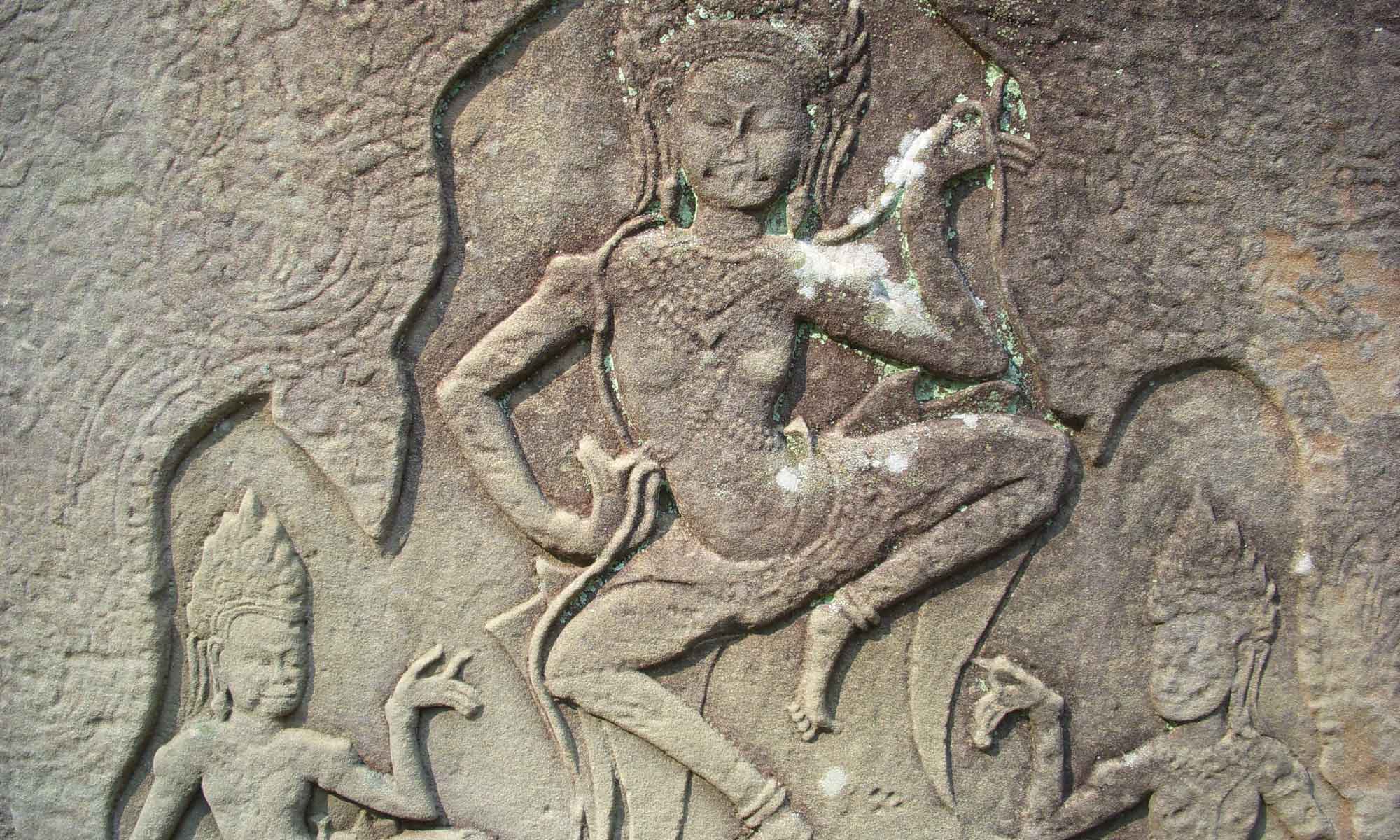
Women Make Movies
As we expand our resources to include more media and films, we want to make you aware of organizations that promote and assist the creation of films by women. For over 40 years, Women Make Movies has distributed important films in which women tell the truths of their own lives. Community organizers and educators at all levels can find important topical films and other resources through WMM.
Established in 1972 to address the under-representation and misrepresentation of women in the media industry, Women Make Movies is a multicultural, multiracial, non-profit media arts organization which facilitates the production, promotion, distribution and exhibition of independent films and videotapes by and about women.
As the leading distributor of women’s films and videotapes in North America, Women Make Movies works with organizations and institutions that utilize non-commercial, educational media in their programs. Their collection of more than 500 titles includes documentary, experimental, animation, dramatic and mixed-genre work. The films and videotapes represent a diversity of styles, subjects and perspectives in women’s lives. More than half of the works in the collection were produced by women of diverse cultures, and the collection includes a variety of works by and about lesbians, older women and women with disabilities.
Check out their Catalog for great teaching resources. And, if you are a filmmaker, look up their distribution guidelines resources for production assistance at WMM.com






You must be logged in to post a comment.